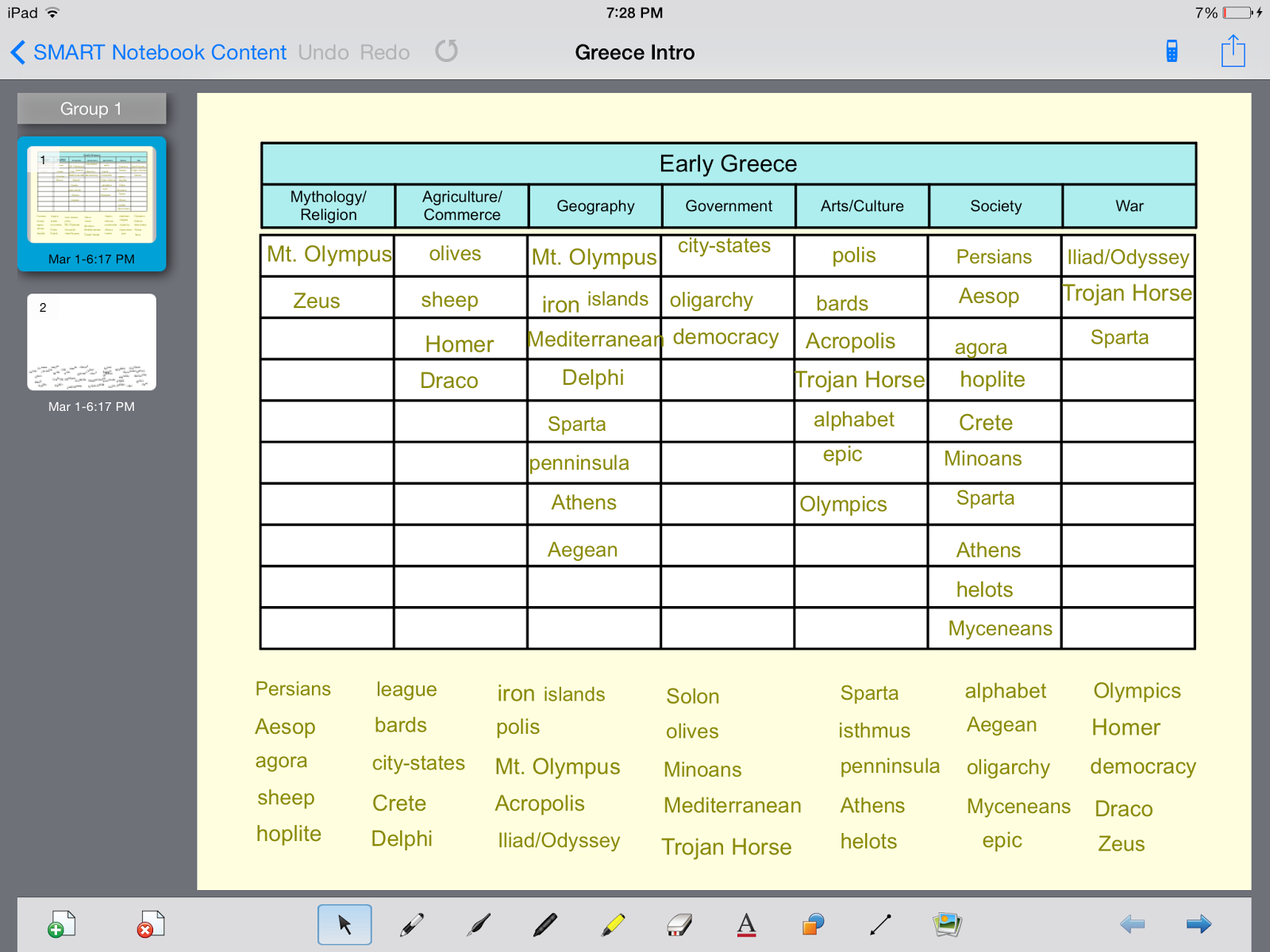I am surprised when other "people" are surprised that I have combo class.
"What is that?"
"They can do that?"
Yes "they" can.
Because I have 2 separate curriculums to cover in a year, I have to work smarter. I simply cannot be the sole source of information for my students to learn from, because there is not enough time in the day for me to cover every topic in depth for both grades. Therefore, I definitely have to become the teacher facilitator, such as in a flipped classroom (which I have not established at this point).
One way I have been approaching social studies content with my 6th graders, is by using Inductive Reasoning teaching strategies. Hilda Taba, a 1960s educational researcher, advocated for this type of teaching, which encourages students to think more efficiently.
I have blogged about the Inductive Reasoning strategies I have used in the past here. This particular lesson may not be completely inductive, but as it progresses, it vacillates between deductive and inductive reasoning.
1. To begin with, I listed all the vocabulary terms from our social studies chapter on Ancient Greece in a notebook file. I set each word to be infinitely cloned, so that the words could be used more than once in the activity. I then created a table with preset labeled categories. If I were truly using Hilda Taba's model of Inductive Reasoning, I would not generate the category labels. But because these terms were mostly unknown to my students, I provided the labeled categories. Here is the notebook file at my TPT if you would like to try this activity for yourself!
FREEBIE
2. Working in collaborative groups, I then asked the students to place each word in a category. This provided the opportunity for students to share their prior knowledge of any of the terms listed. This would be similar to the "K" the "What we Know" in a traditional KWL chart. I instructed the students to make a best guess when deciding on an unknown word, but to place unknown words using scholarly guesses. Here is a student generated sample:
3. As we progressed through the chapter by means of videos, activities or independent work, I asked that the students rearrange the words to the correct categories as they learned the meaning of the terms. I continued to allow them to collaborate, as this provided meaningful opportunities for scholarly discussions. This would be "L" the "What we Learned" in the KWL chart.
4. The "W" the "What we Want to know" in the KWL, is evident in the culminating activity for this unit. My students have been creating a year long project, writing a research based narrative from the perspective of a citizen in each ancient society we study. Each essay has specific requirements, but the students are able to focus on details they find interesting.
5. As students progressed through the chapter, they wanted to make new categories and add other terminology they deemed important. This would be where the lesson teetered on the inductive reasoning edge. When the students want to categorize terms and ideas based on personal criteria, the concept becomes intrinsically motivating.
Introducing a new chapter this way did not require ANY direction from me. The students were engaged and focused and were having scholarly discussions. Some students shared their knowledge about Greek mythology having read the Percy Jackson series. It is actually the most engaged my students have ever been with a textbook introductory lesson.
Even this amazing Mr. Nicky video was a learning opportunity, and it almost mentions every word in the sorting activity! My kids LOVE this song. So do I!



No comments:
Post a Comment